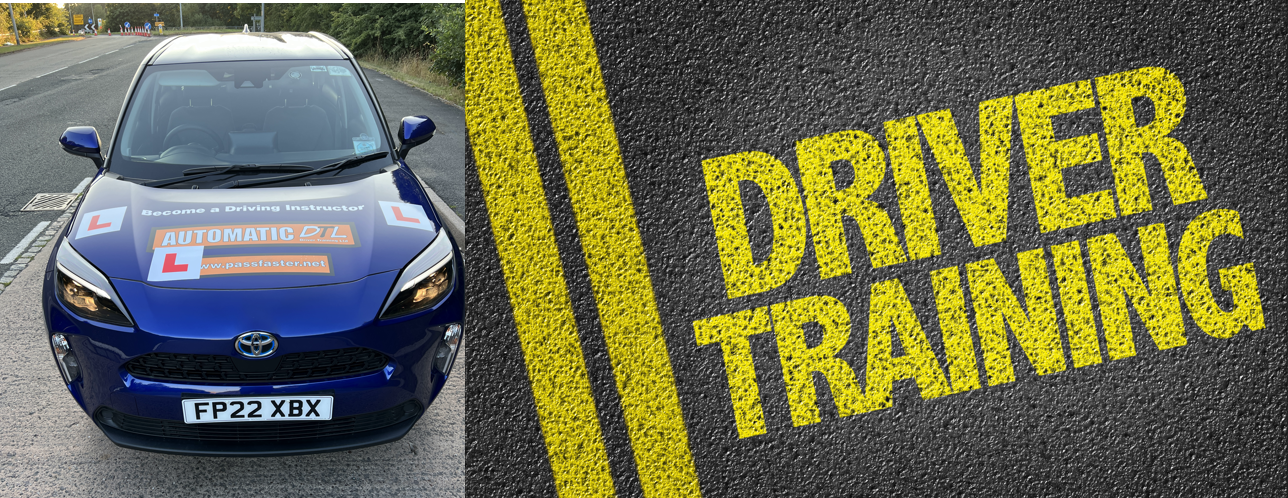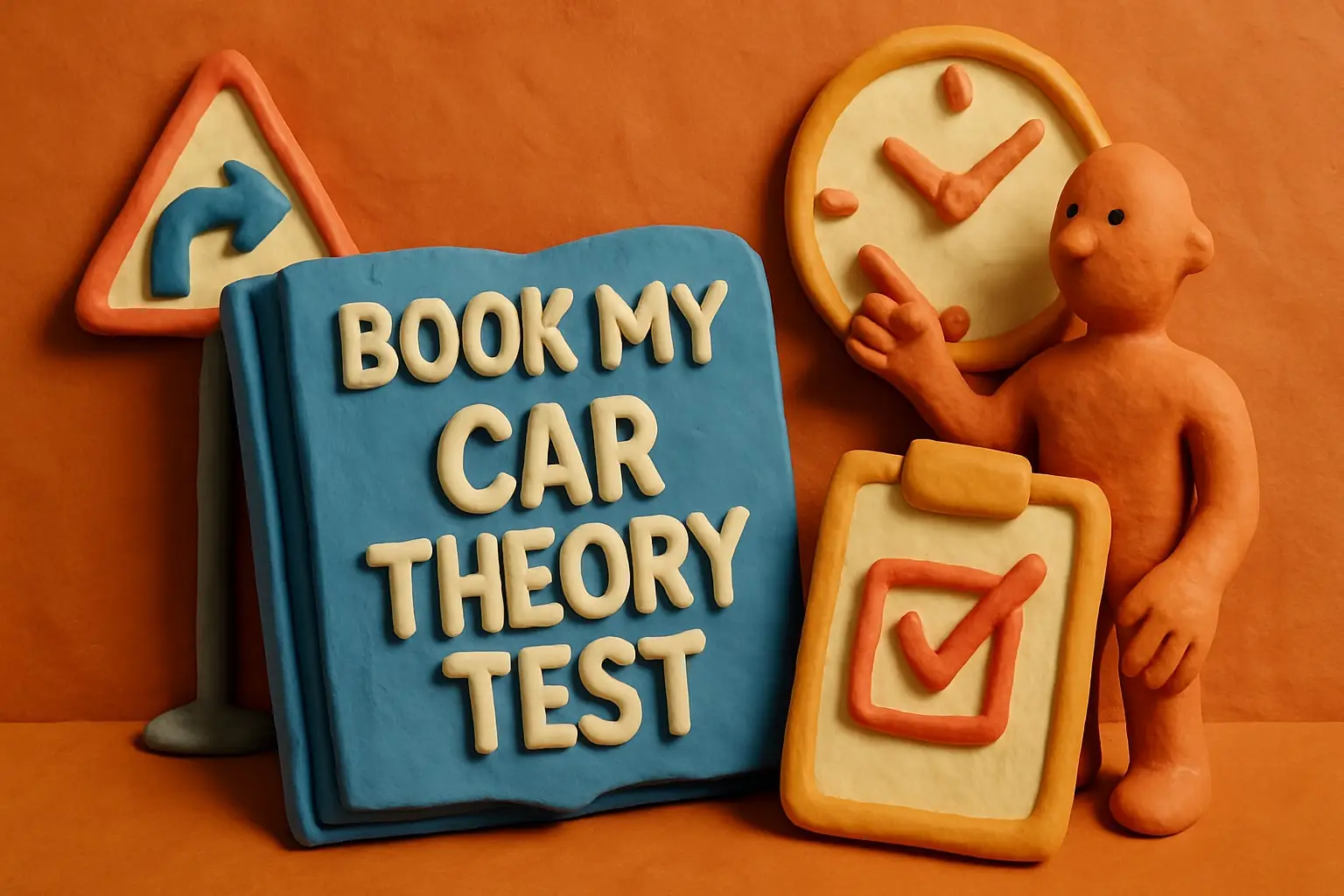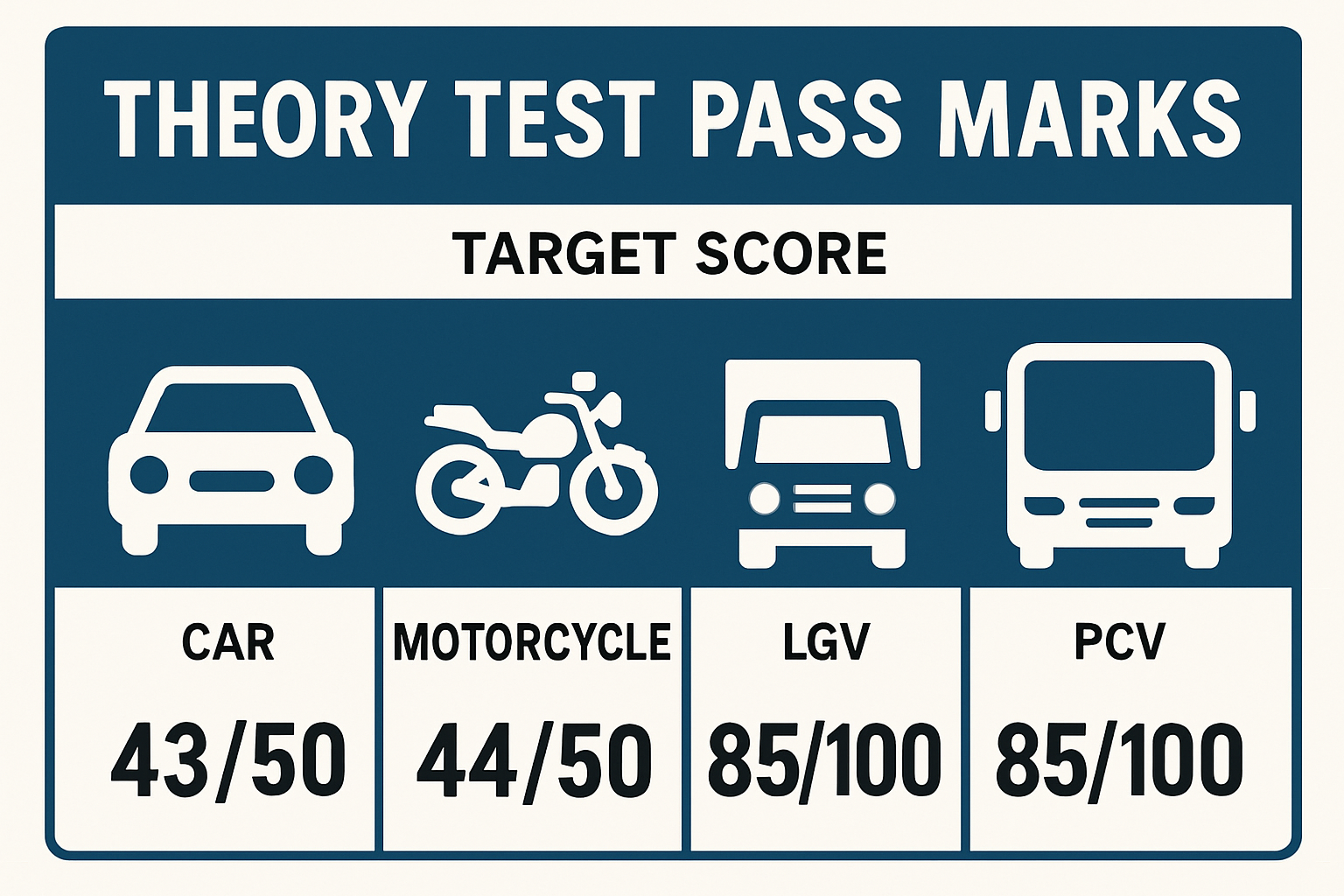Driving Theory Test Practice Questions: Ultimate Guide to Pass on Your First Try
If you’re preparing to get your driving license, one of the biggest milestones on your journey is passing the driving theory test. Many learners feel anxious about it, but here’s the good news: with the right approach to driving theory test practice questions, you can boost your confidence, sharpen your skills, and significantly increase your chances of passing on your first attempt.

Introduction to Driving Theory Test Practice Questions
What is the Driving Theory Test?
The driving theory test is a written and visual exam designed to assess your knowledge of road rules, signs, and safe driving practices. It ensures that every new driver has the foundation needed to drive responsibly and legally on UK roads.
Why Practice Questions Are Essential
Practice questions give you a sneak peek into the real test environment. They help you familiarize yourself with the format, the types of questions, and the pressure of timed responses. Regular practice ensures you don’t just memorize answers but also understand the reasoning behind them.
Structure of the Driving Theory Test
Multiple-Choice Questions Explained
The first part of the theory test consists of multiple-choice questions covering rules of the road, traffic signs, vehicle handling, and safety measures. You’ll need to select the correct answer from several options.
Hazard Perception Test Overview
The second part assesses your ability to identify developing hazards in real-life traffic scenarios. You’ll watch short video clips and click when you spot potential dangers like pedestrians crossing or cars braking suddenly.
Scoring System and Passing Marks
To pass, you must score at least 43 out of 50 in the multiple-choice section and 44 out of 75 in hazard perception. Both sections must be passed together—there’s no partial pass.
Benefits of Practicing Driving Theory Test Questions

Building Confidence Before Test Day
Confidence is key to success. Practicing theory questions repeatedly helps you walk into the test center feeling calm and prepared.
Improving Hazard Awareness Skills
By practicing hazard perception clips, you train your brain to spot risks quickly, which makes you a safer driver—not just during the exam, but in real life.
Reducing Test Anxiety
The unknown can be stressful. By practicing questions daily, you reduce uncertainty, which lowers test-day anxiety significantly.
Types of Driving Theory Test Practice Questions
Road Signs and Their Meanings
From stop signs to motorway markers, road sign questions test your ability to recognize symbols quickly.
Rules of the Road
Expect questions about speed limits, pedestrian crossings, lane usage, and safe overtaking.
Vehicle Handling and Safety
These questions focus on maintaining control, handling adverse weather, and ensuring roadworthiness.
Case Studies and Mock Tests
Mock tests simulate real exam conditions, giving you the perfect rehearsal for the actual test.
How to Use Driving Theory Test Practice Questions Effectively
Daily Study Routines
Instead of cramming, dedicate 20–30 minutes daily to practice. Short, consistent study sessions are more effective than long, irregular ones.
Time Management Strategies
Practice completing questions within the official time limit. This helps you manage stress and avoid rushing during the actual test.
Common Mistakes to Avoid
- Memorizing without understanding
- Ignoring hazard perception practice
- Not reviewing wrong answers
Best Resources for Driving Theory Test Practice
Official DVSA Resources
The DVSA (Driver and Vehicle Standards Agency) offers official practice tests and apps. Since the real exam is based on their material, these resources are the most reliable.
Mobile Apps and Online Platforms
Several mobile apps provide thousands of practice questions with progress tracking. Some even offer hazard perception clips identical to the official test.
Practice Books and Guides
Printed guides are ideal for offline learning. They provide in-depth explanations and diagrams that strengthen your understanding.
Frequently Asked Questions (FAQs)
1. How many practice questions should I do daily?
Aim for at least 20–30 questions per day to steadily build your knowledge and confidence.
2. Are online theory practice tests reliable?
Yes, but always make sure they’re based on DVSA-approved materials.
3. What is the pass mark for the theory test?
You need 43/50 on multiple-choice and 44/75 on hazard perception to pass.
4. How long should I prepare before the exam?
Most learners need 4–6 weeks of regular practice to feel ready.
5. Can I retake the test if I fail?
Yes, but you must wait at least 3 working days before booking another attempt.
6. Is hazard perception harder than multiple choice?
Many learners find hazard perception more challenging because it requires quick reactions. With practice, it becomes much easier.
Driving theory test practice questions
Mastering the driving theory test practice questions isn’t just about passing an exam—it’s about becoming a safer, more confident driver. By practicing consistently, using official resources, and simulating real test conditions, you’ll be ready to pass on your first try. 🚘✨
For official practice materials, visit https://www.drivertrainingltd.com
What is the driving theory test and why is it important?
The driving theory test is a written and visual exam designed to assess your knowledge of road rules, signs, and safe driving practices, ensuring you can drive responsibly and legally on UK roads.
Why should I practice driving theory test questions regularly?
Practicing questions helps you familiarize yourself with the test format, improve understanding of questions, and build confidence, which increases your chances of passing on the first attempt.
What is the structure of the driving theory test?
The test includes multiple-choice questions about road rules, signs, and safety, and hazard perception clips where you identify potential dangers, with specific scoring systems and passing marks for each section.
How can practicing theory questions benefit my actual driving skills?
Practicing improves your hazard awareness, builds confidence, and reduces test anxiety, making you a safer and more prepared driver in real traffic situations.
What resources are best for preparing for the driving theory test?
Official DVSA resources, mobile apps, online platforms, and printed guides are the most reliable and effective for practicing driving theory questions.
Contents
- 1 Driving Theory Test Practice Questions: Ultimate Guide to Pass on Your First Try
- 1.1 Introduction to Driving Theory Test Practice Questions
- 1.2 Structure of the Driving Theory Test
- 1.3 Benefits of Practicing Driving Theory Test Questions
- 1.4 Types of Driving Theory Test Practice Questions
- 1.5 How to Use Driving Theory Test Practice Questions Effectively
- 1.6 Best Resources for Driving Theory Test Practice
- 1.7 Frequently Asked Questions (FAQs)
- 1.7.1 1. How many practice questions should I do daily?
- 1.7.2 2. Are online theory practice tests reliable?
- 1.7.3 3. What is the pass mark for the theory test?
- 1.7.4 4. How long should I prepare before the exam?
- 1.7.5 5. Can I retake the test if I fail?
- 1.7.6 6. Is hazard perception harder than multiple choice?
- 1.8 Driving theory test practice questions
- 1.8.1 What is the driving theory test and why is it important?
- 1.8.2 Why should I practice driving theory test questions regularly?
- 1.8.3 What is the structure of the driving theory test?
- 1.8.4 How can practicing theory questions benefit my actual driving skills?
- 1.8.5 What resources are best for preparing for the driving theory test?



